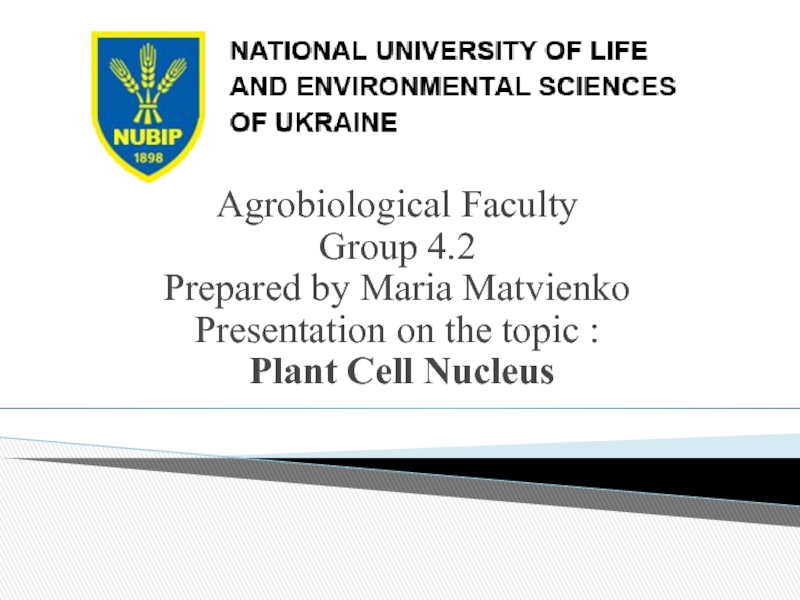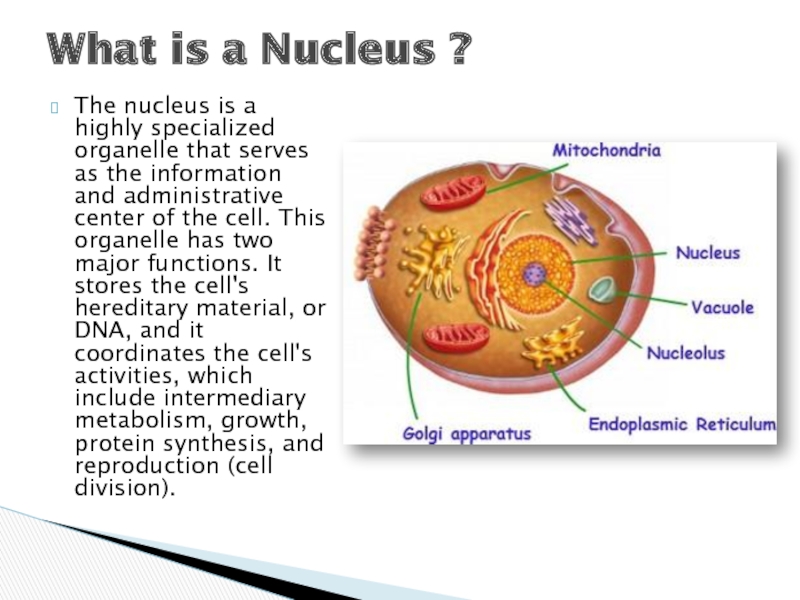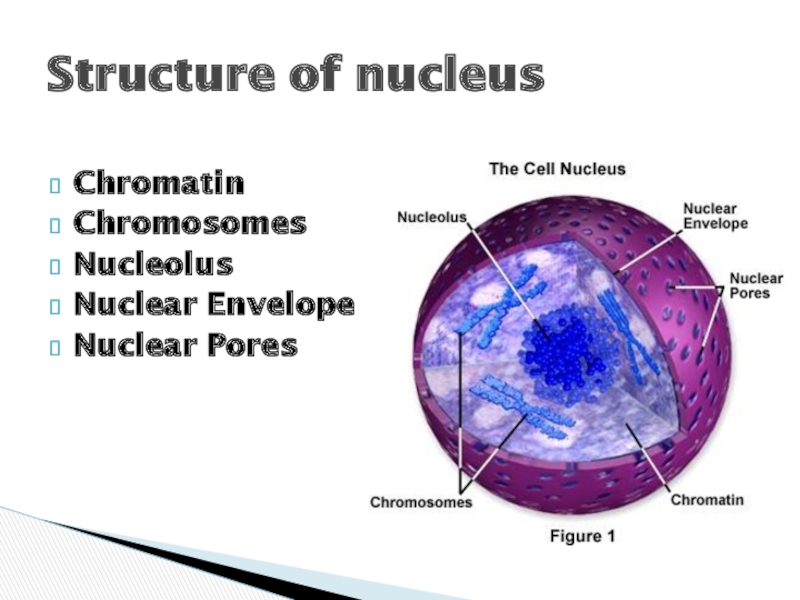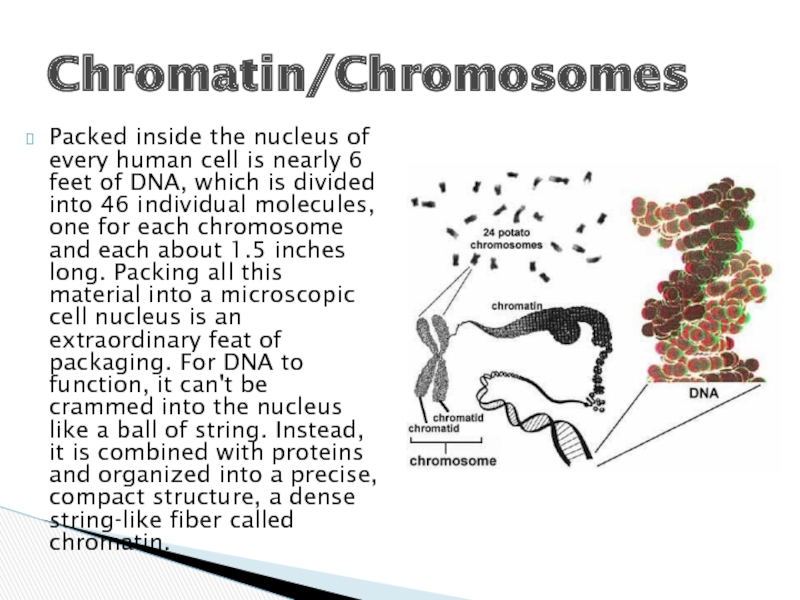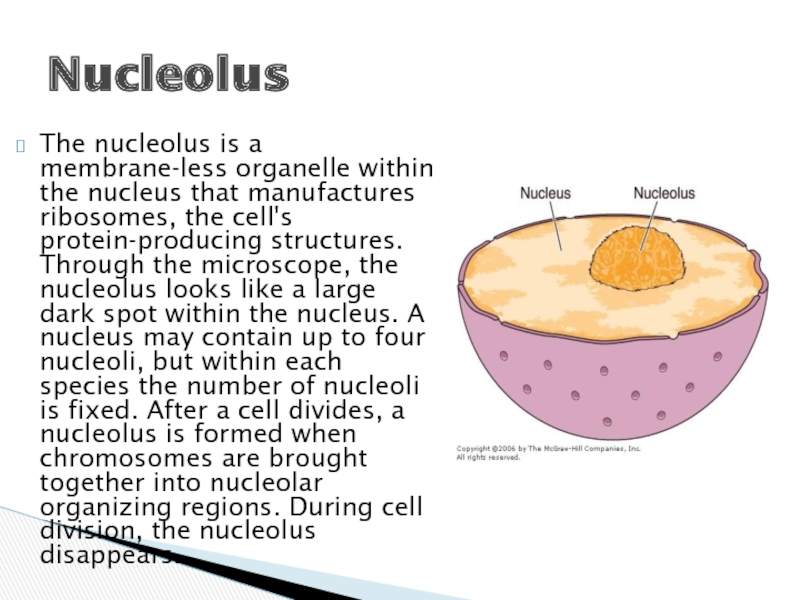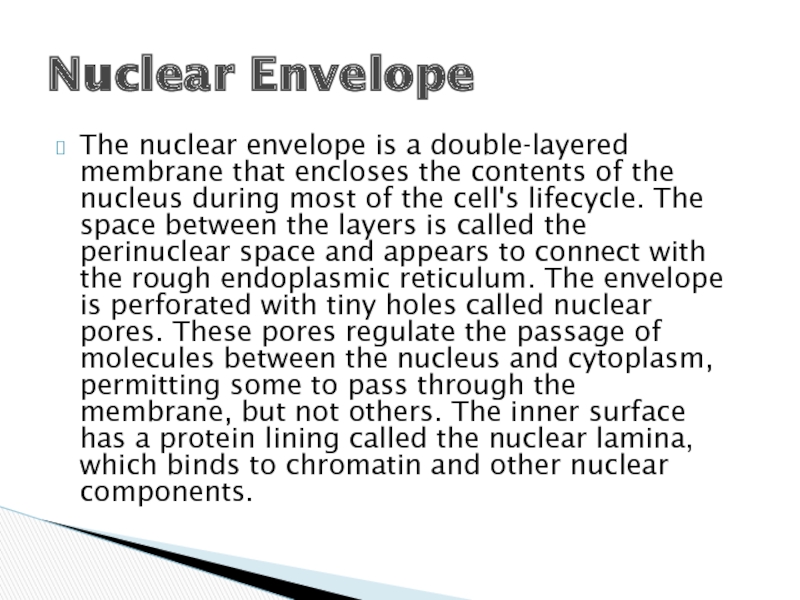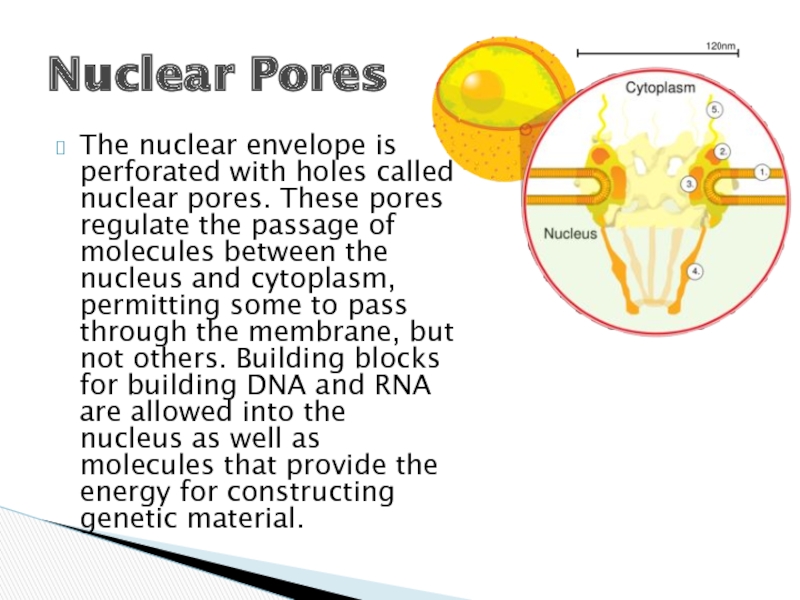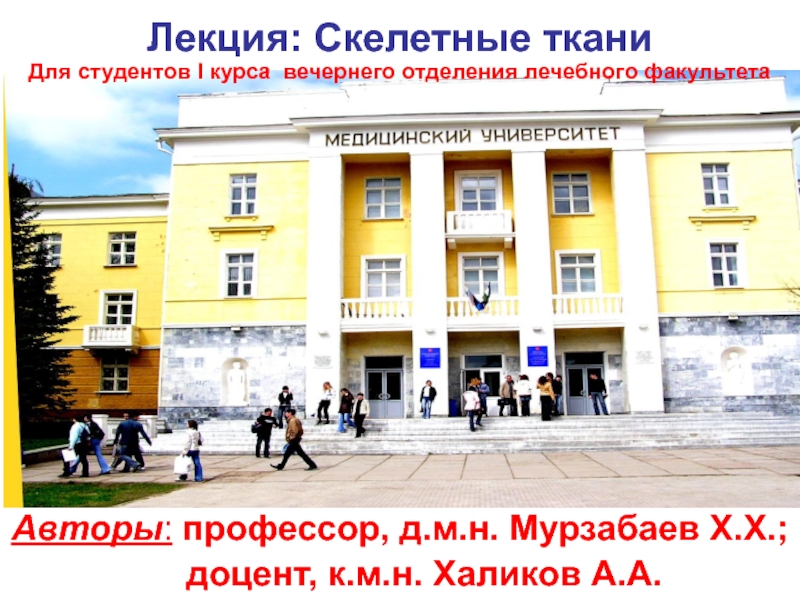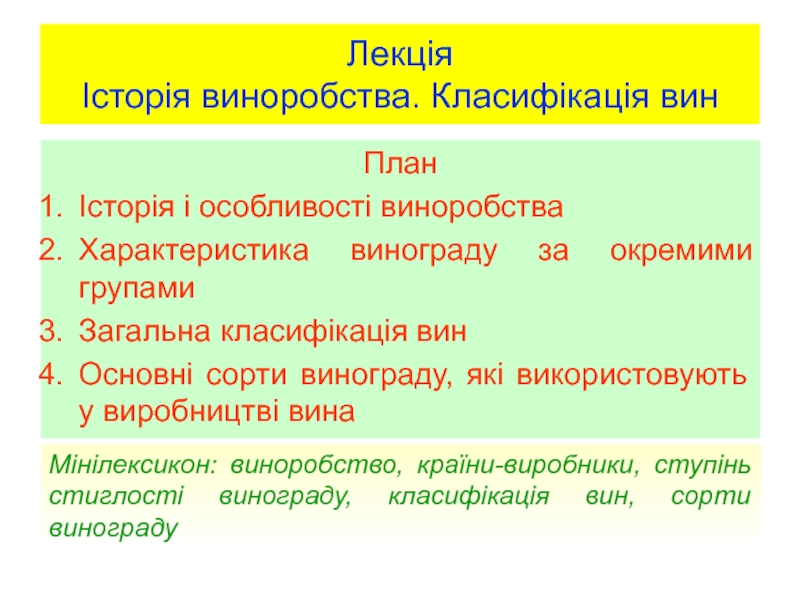Cell Nucleus
- Главная
- Разное
- Дизайн
- Бизнес и предпринимательство
- Аналитика
- Образование
- Развлечения
- Красота и здоровье
- Финансы
- Государство
- Путешествия
- Спорт
- Недвижимость
- Армия
- Графика
- Культурология
- Еда и кулинария
- Лингвистика
- Английский язык
- Астрономия
- Алгебра
- Биология
- География
- Детские презентации
- Информатика
- История
- Литература
- Маркетинг
- Математика
- Медицина
- Менеджмент
- Музыка
- МХК
- Немецкий язык
- ОБЖ
- Обществознание
- Окружающий мир
- Педагогика
- Русский язык
- Технология
- Физика
- Философия
- Химия
- Шаблоны, картинки для презентаций
- Экология
- Экономика
- Юриспруденция
Plant Cell Nucleus презентация
Содержание
- 1. Plant Cell Nucleus
- 2. The nucleus is a highly specialized organelle
- 3. Chromatin Chromosomes Nucleolus Nuclear Envelope Nuclear Pores Structure of nucleus
- 4. Packed inside the nucleus of every human
- 5. The nucleolus is a membrane-less organelle within
- 6. The nuclear envelope is a double-layered membrane
- 7. The nuclear envelope is perforated with holes
- 8. Thank you for attention!
Слайд 2The nucleus is a highly specialized organelle that serves as the
information and administrative center of the cell. This organelle has two major functions. It stores the cell's hereditary material, or DNA, and it coordinates the cell's activities, which include intermediary metabolism, growth, protein synthesis, and reproduction (cell division).
What is a Nucleus ?
Слайд 4Packed inside the nucleus of every human cell is nearly 6
feet of DNA, which is divided into 46 individual molecules, one for each chromosome and each about 1.5 inches long. Packing all this material into a microscopic cell nucleus is an extraordinary feat of packaging. For DNA to function, it can't be crammed into the nucleus like a ball of string. Instead, it is combined with proteins and organized into a precise, compact structure, a dense string-like fiber called chromatin.
Chromatin/Chromosomes
Слайд 5The nucleolus is a membrane-less organelle within the nucleus that manufactures
ribosomes, the cell's protein-producing structures. Through the microscope, the nucleolus looks like a large dark spot within the nucleus. A nucleus may contain up to four nucleoli, but within each species the number of nucleoli is fixed. After a cell divides, a nucleolus is formed when chromosomes are brought together into nucleolar organizing regions. During cell division, the nucleolus disappears.
Nucleolus
Слайд 6The nuclear envelope is a double-layered membrane that encloses the contents
of the nucleus during most of the cell's lifecycle. The space between the layers is called the perinuclear space and appears to connect with the rough endoplasmic reticulum. The envelope is perforated with tiny holes called nuclear pores. These pores regulate the passage of molecules between the nucleus and cytoplasm, permitting some to pass through the membrane, but not others. The inner surface has a protein lining called the nuclear lamina, which binds to chromatin and other nuclear components.
Nuclear Envelope
Слайд 7The nuclear envelope is perforated with holes called nuclear pores. These
pores regulate the passage of molecules between the nucleus and cytoplasm, permitting some to pass through the membrane, but not others. Building blocks for building DNA and RNA are allowed into the nucleus as well as molecules that provide the energy for constructing genetic material.
Nuclear Pores
